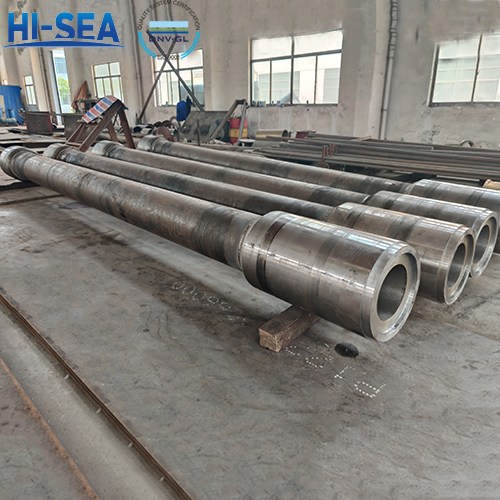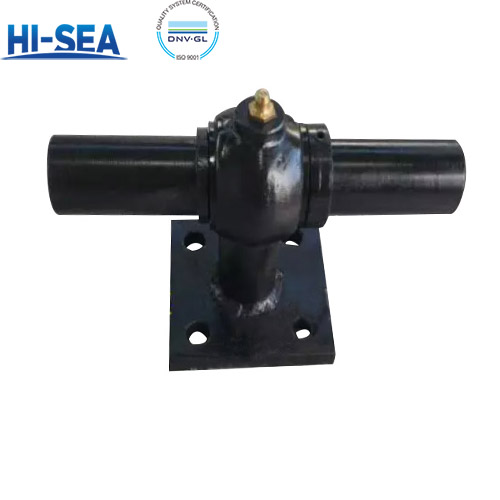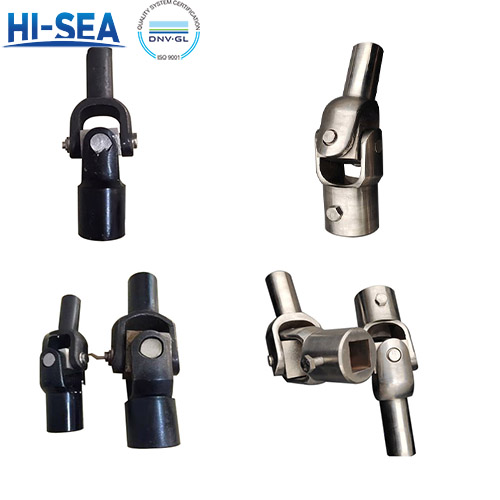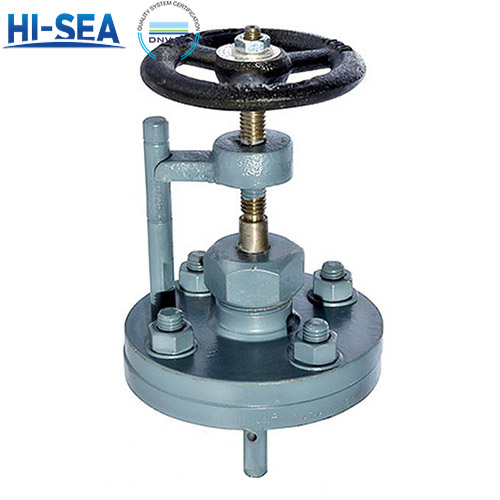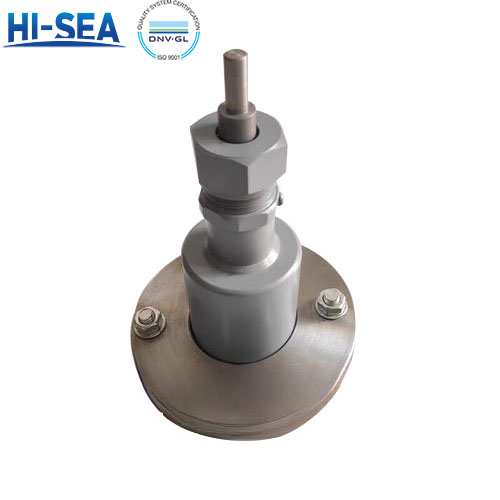
What is the stern tube?
The stern tube is a hollow tube which accommodates the bearings, the seal boxes and the propeller shaft and that connects the engine to the propeller. The stern tube is filled with oil, grease or water and forms a barrier between the water outside and the engine room inside the vessel.
Overview
What is the stern tube?
The stern tube installed at the stern of a ship is used to support the stern shaft and maintain the sealing of the stern shaft holes on the hull. The structure of the stern tube is simple. It is a hollow long tube, with the bow end connected to a watertight compartment by a flange and arranged on the longitudinal section of the ship; The stern tube of a twin axis system is located symmetrically on both sides of the stern. The stern tube of a twin axis system is generally longer and often composed of several sections, with a herringbone frame installed at the stern. The stern tube of large ships is generally made of cast steel as a whole or forged and welded in sections. The processed stern tube should undergo a water pressure test with a test pressure of 0.2 MPa, and there should be no leakage. The stern tube device is located below the waterline for a long time, with harsh working conditions, and must withstand the gravity and rotation of the stern shaft and propeller, as well as seawater erosion. It is impossible to maintain it during sea navigation. Therefore, sufficient attention should be paid to installation or maintenance to ensure navigation safety.
Location of the stern tube
The stern tube is located at the rear or aft end of the ship. The forward part of the tube is supported by the aft peak bulkhead and the rear part is supported by the stern frame. The tube opens up into the engine room of the ship, usually at the lowermost deck. Several factors such as the arrangement of the engines, power requirement, dimensions of the propeller shaft and sealing arrangements determine the dimensions and other specifications of the stern tube.
Purpose of a stern tube
Provide minimum resistance around the vertical shaft.
The sealing arrangement and specifications of the tailpipe must provide minimum resistance to the rotation of the drive shaft. The most appropriate resistance is the situation where there is minimal or even no leakage, without applying unnecessary friction to the shaft to affect its rotation.
Prevent water leakage.
The tail pipe is equipped with a sealing device to prevent water leakage into the sea.
This arrangement includes gaskets, rubber seals, and oil chambers that rotate together with the drive shaft. In addition to leaking into the ship, it is also necessary to prevent oil spills from entering the sea.
Can withstand loads.
The tail pipe supports the load on the drive shaft and propeller. The overhang length of the drive shaft and propeller applies downward pressure. These stresses can become very large in harsh weather, as the pipes must bend together with the hull and also withstand greater pressure from the drive shaft and propeller.
For more marine stern shaft tube information, kindly please click here.
For more marine shaft system components, kindly please click here.

